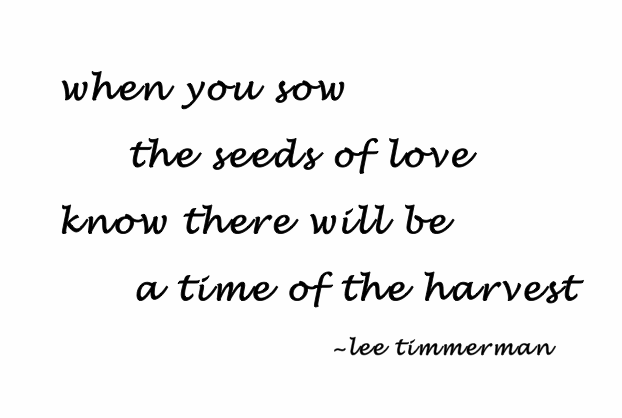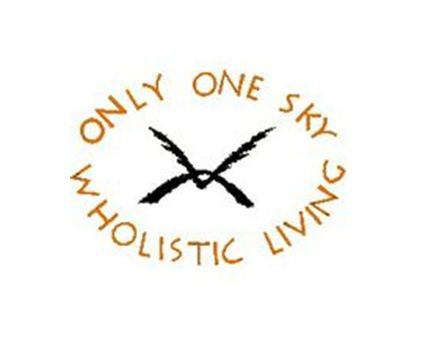In realizing our nature, we must expand our consciousness and come to our Wholistic nature. This is where meditation comes in. It helps us to expand our awareness or consciousness of our life and life around us. Everyone is pursuing happiness, and the Holy Ones tell us happiness is our very nature. However, to come to this realization, we have to expand our awareness of our Wholistic nature.
The first step in the process of expanding our awareness is the desire to have the awareness of our Wholistic nature.
We need to understand that this desire is the Soul’s natural inclination or desire to manifest and express the Divine Will in the Causal body, Astral body, and finally to the Physical body. This inclination or desire has a different form in each of the bodies, and we must become aware of the desire in each body and fulfill each stage or each body’s desire. The only way to do this is to become aware of what the desire is at each body: Physical, Astral, and Causal. Through calming down the mind, breath, and lower ego, we are able to see our desire.
Each Soul ultimately has a unique purpose that it must fulfill in life in order to be in harmony with God, or its higher nature. Until we become aware of this desire or purpose, it is very difficult to be in harmony with the Divine Will, with the Christ/Krishna Consciousness. Most people will interpret this call for Wholistic completeness as a dissatisfaction with their everyday life. Rather than attain transcendence or attain awareness of their Wholistic nature, and what would fulfill their Soul, Casual body, Astral body, and Physical body, they just feel a dissatisfaction or discontent with everyday life. With the proper guidance and techniques, we can go inward to find or discover the desires and answers that are unique to our Soul’s reason for taking an incarnation. We can discover what is necessary for fulfilling those desires. However, we must calm down the mind, breath, and ego in meditation to make this discovery.
We need to understand there is a Major and a Minor aspect of this desire. The Major aspect is that we are created in the image of God. We are created as a unique expression of Divinity for some unique purpose of God, and each unique expression will seek its own fulfillment. The Minor aspect of desire is that the Soul, in each moment of each incarnation, will strive to be in harmony. However, until we are aware of how to attain this harmony, we cannot be living in harmony, and therefore, we will not be happy or enjoying our life. It becomes our responsibility to find or discover the harmony, the purpose, the experience where as Christ said, “Let Thy Will be done on earth as it is in heaven.” This brings us to meditation, which allows us to discover our Wholistic nature, and the purpose of our creation, and the purpose of what we hope to fulfill this specific incarnation.
No one takes an incarnation without having a specific purpose to fulfill. That very purpose is what attracts us or draws us down to the Physical incarnation. To go along in life without knowing our purpose is a very discordant way of living. This is why most of the world is stressed, unhappy, and unfulfilled. They believe it is natural to be discontent with life, rather than believing it is natural to go within and find the harmony and contentment. When it comes to finding our purpose, we need awareness, but we also need power, energy, and concentration.


